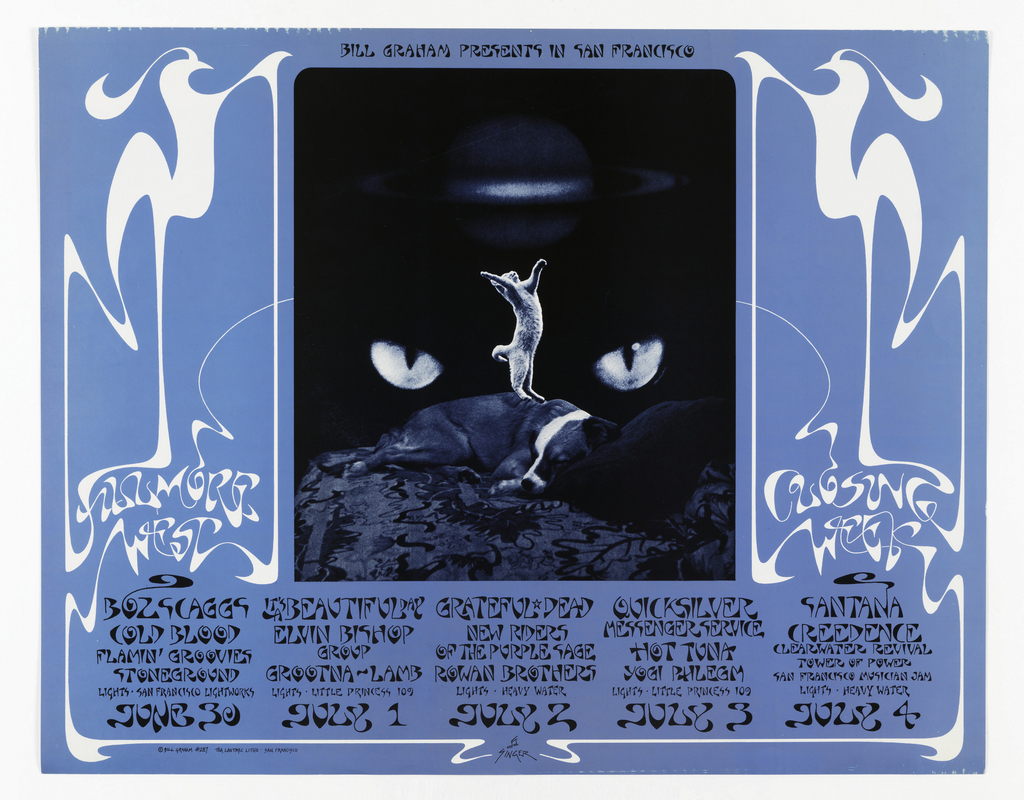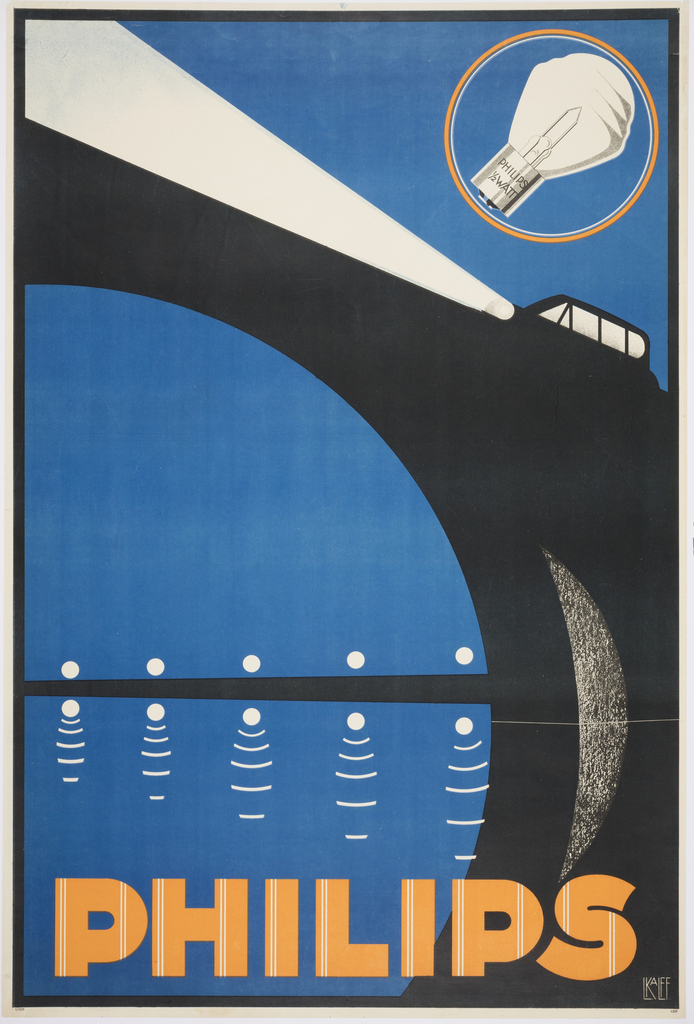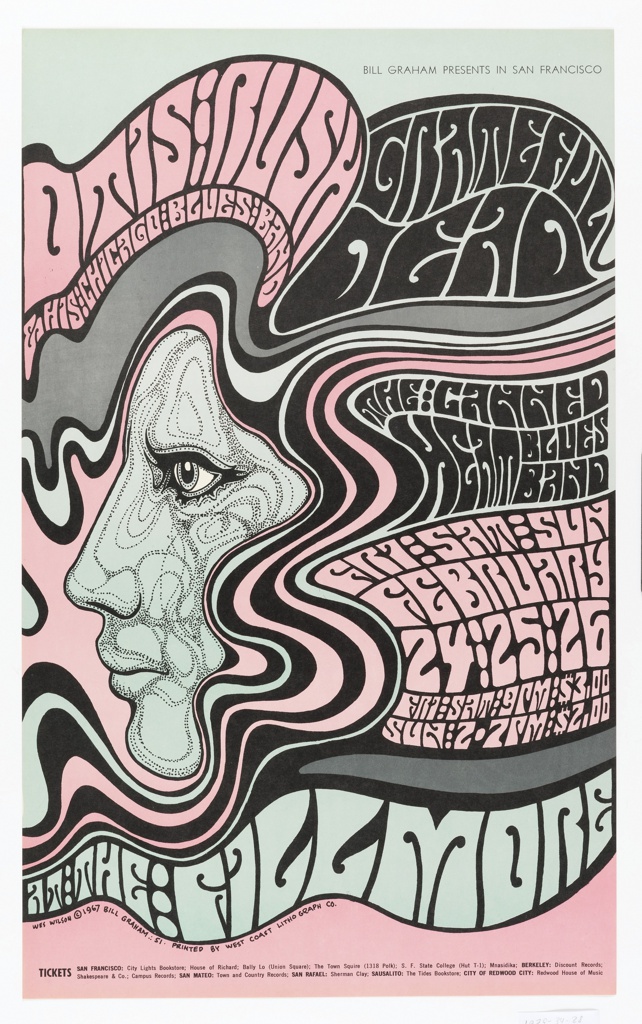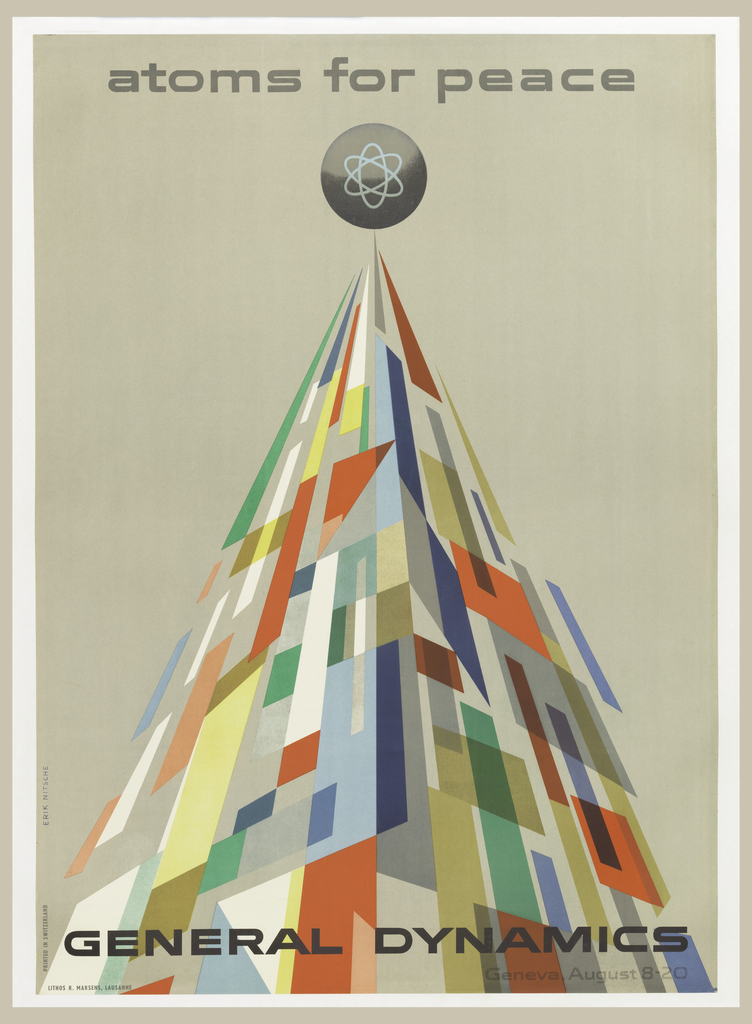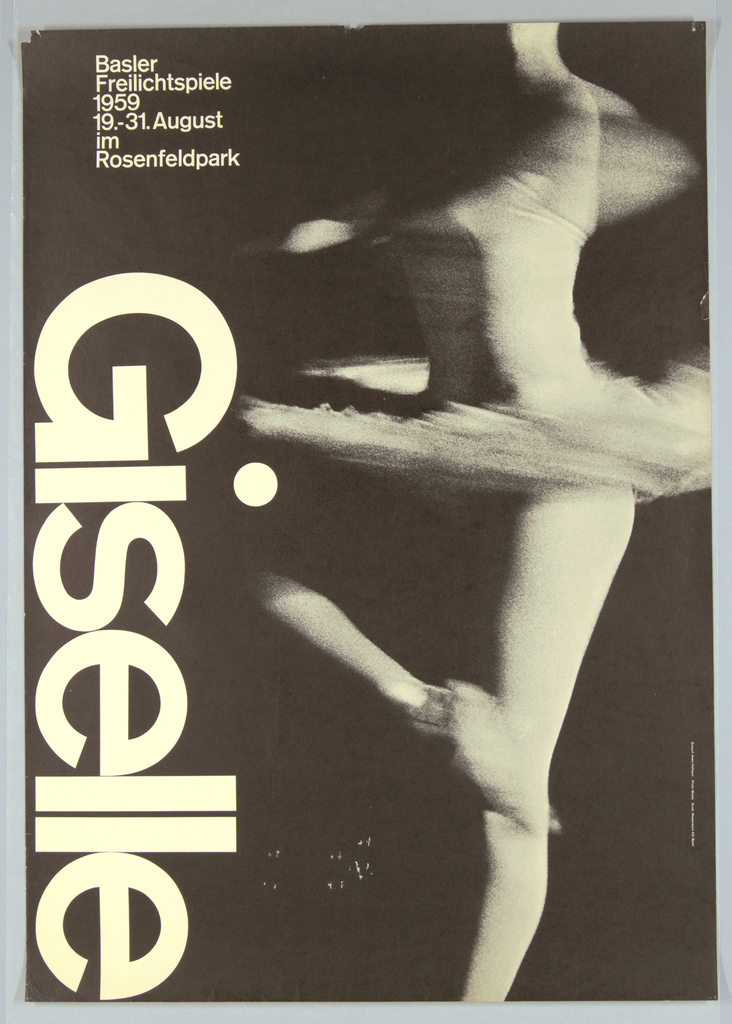Rick Valicenti is a legendary graphic designer, whose career spans the transition from analog to digital design production. Rick spoke with Cooper Hewitt curator Ellen Lupton about his design process over Zoom on October 23, 2020. Edited for clarity and length. Ellen Lupton: Rick, where are you? Rick Valicenti: I am in a garage in...
Milton Glaser (1929–2020) was a giant figure in the history of graphic design. Born in the Bronx to immigrants from Hungary, Glaser graduated in 1951 from The Cooper Union for the Advancement of Science and Art, where he and other students received full-tuition scholarships from the endowment established by Peter Cooper. Glaser also studied in...
Keith Godard was playful, funny, irreverent, and smart. Decked out in dapper bow ties and bright red shoes, he brought bubbles of joy to every occasion. He and Studio Works, the company he founded in 1986, contributed mightily to life in New York City. His works are preserved in many museum collections, including Cooper Hewitt,...
This rare poster was created in 1930 Paul Schuitema (Dutch, 1897–1968). The poster came to Cooper Hewitt in 2019 as a gift from Merrill C. Berman, one of the world’s most influential collectors of modern graphic design and a longtime collaborator with our museum. With this recent gift, Schuitema’s poster is coming home to Cooper...
When legendary French graphic designer A.M. Cassandre was hired in 1931 to produce this poster for the Dutch light bulb and radio tube manufacturer Philips, he was at the high point of his career. Together with fellow poster designer Charles Lupton, Cassandre had founded the printing and publishing collective Alliance Graphique in Paris, France.[1] Cassandre...
In celebration of the milestone 20th anniversary of the National Design Awards, this week’s Object of The Day posts honor National Design Award winners. What does “typography” mean to you? Does the word stir up contempt for Comic Sans and Papyrus, or does it conjure a death match between Times New Roman and Helvetica? For...
In recognition of National Hispanic Heritage Month (September 15-October 15, 2019), this week’s Object Of The Day posts celebrate Latinx designers’ works in the collection. This post is written by Maeve Coudrelle. The Cuban Revolution of 1959 brought major changes to the country’s cultural fabric. Less than three months after the new revolutionary state came...
Apart from several months spent at Iparművészeti Iskola, Budapest’s school of applied arts, József Bottlik[1] was a self-taught graphic designer. Bottlik began his career in 1919 and quickly established himself as a designer of eye-catching commercial product and film posters, including a celebrated 1927 design for Universal Film AG (UFA) for the film Metropolis.[2] Bottlik...
IB Andersen (Danish, 1907-1969) was barely out of school when he designed this poster to promote the 1929 exhibition of Buildings and Homes in Copenhagen, Denmark. The exhibition was a significant one, as it featured a built model of the “House of the Future,” as designed by Arne Jacobsen (Danish, 1902-71) and Flemming Lassen (Danish,...
In celebration of World Pride, June Object of the Day posts highlight LGBTQ+ designers and design in the collection. This post originally appeared on March 30, 2015. This provocative poster was designed in 1997, one year after the US Congress passed the Defense of Marriage Act. Known simply as “DOMA,” the Act barred same-sex married couples from being recognized by federal law. The poster is...
As the San Francisco rock scene grew in the 1960s, posters were commissioned by the concert promoter Bill Graham for shows at popular venues such as the Fillmore Auditorium. David Singer produced more posters for Graham than any other artist, designing 75 posters from 1969 to 1990.[1] Although he had an unusual background for a...
When Louis C. Kalff was hired by Philips in 1925, the company was one of the largest producers of lightbulbs in the world. Kalff created a brand identity for the company, including the iconic logo. For this poster, Kalff illustrated a car whose piercing bright headlights illuminate the scene. The stylized arcs and angles reflect...
A pioneering example of psychedelic design, this work was one of the 56 posters that Wes Wilson produced between 1966 and 1968 for the Fillmore Auditorium in San Francisco. The posters were commissioned by the rock concert promoter Bill Graham, who gave Wilson free rein over his designs until disputes about money severed their connection....
This blog post was originally published on August 4, 2014. The year is 1955, and Cold War tensions have begun to escalate. General Dynamics is a newly formed parent company overseeing eleven manufacturers, producing cutting edge technology for the defense of the United States. The company is capitalizing on the American policy of nuclear deterrence,...
Armin Hofmann (Swiss, b. 1920) is associated with a graphic design movement known as the Swiss Style, which originated in Switzerland in the 1940s and 50s. Also referred to as the International Typographic Style, the Swiss Style is characterized by a recognition of the importance of typography—especially sans-serif fonts—as an essential element of design. The...
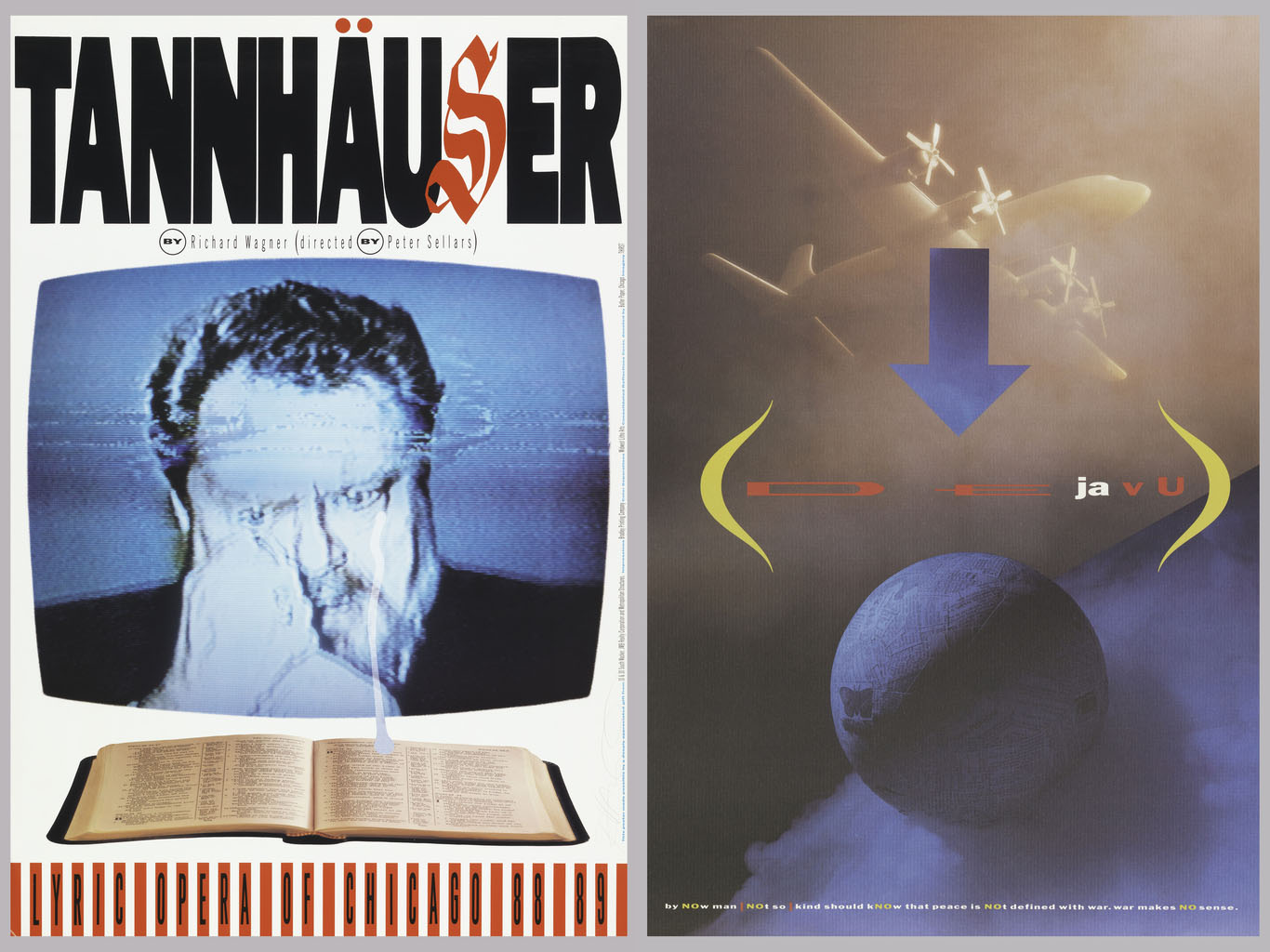
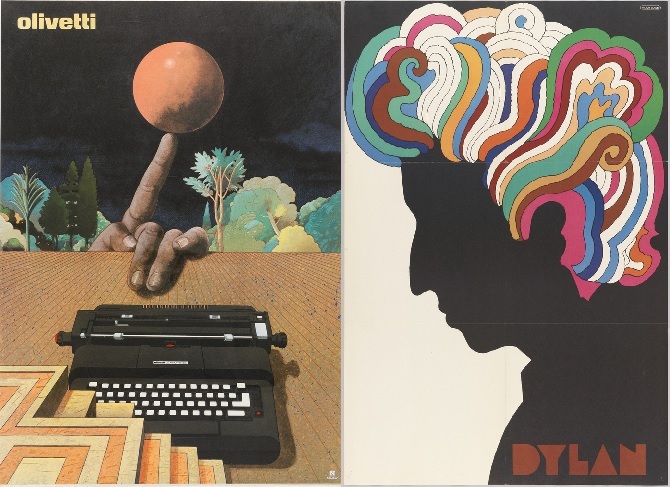
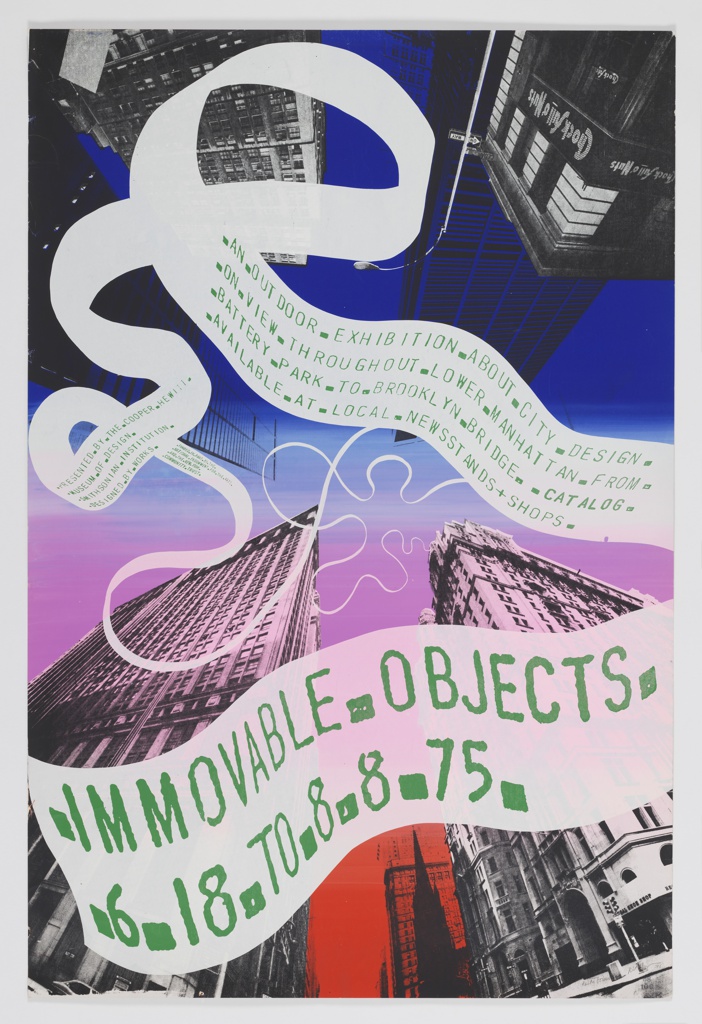
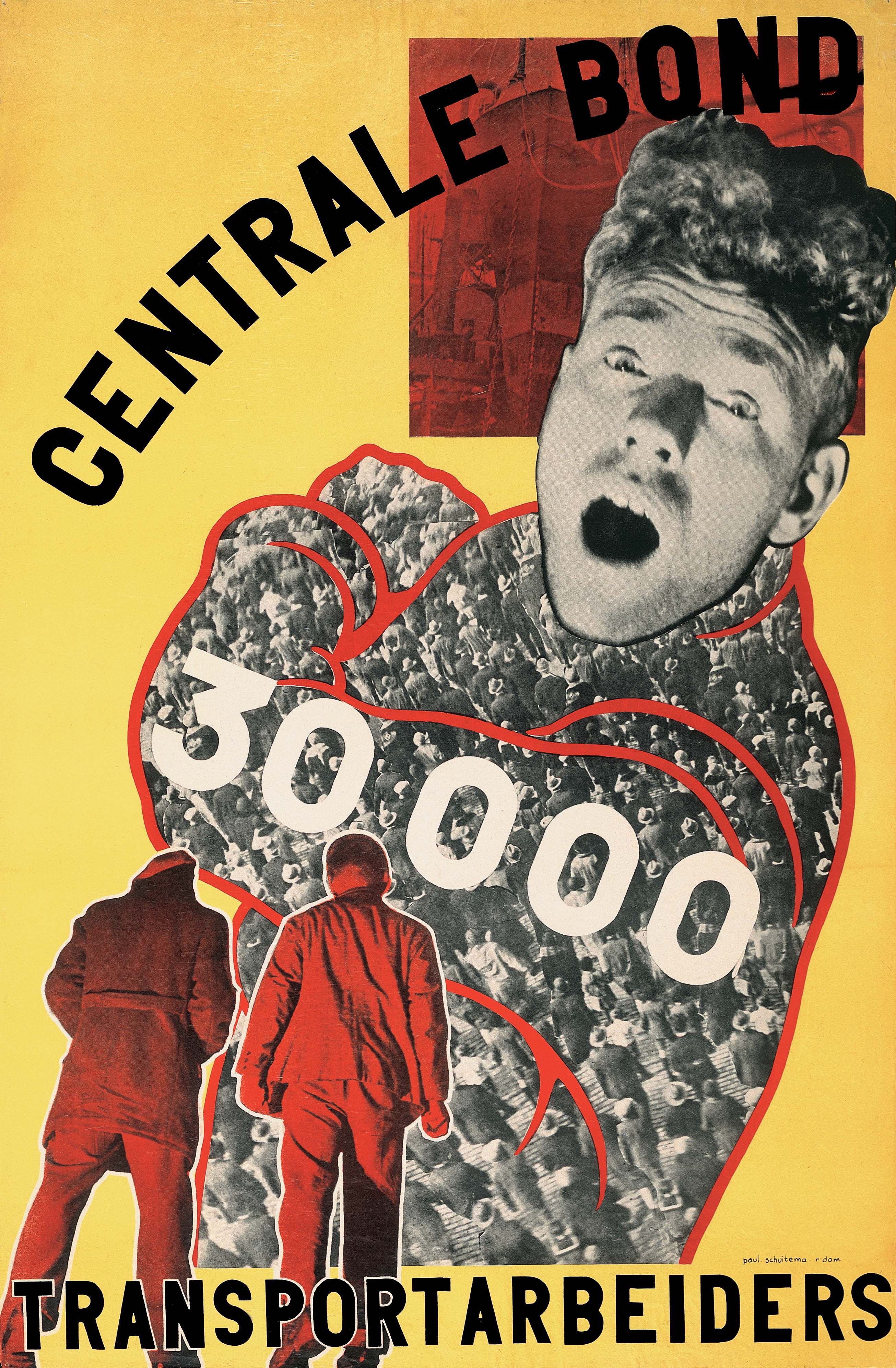
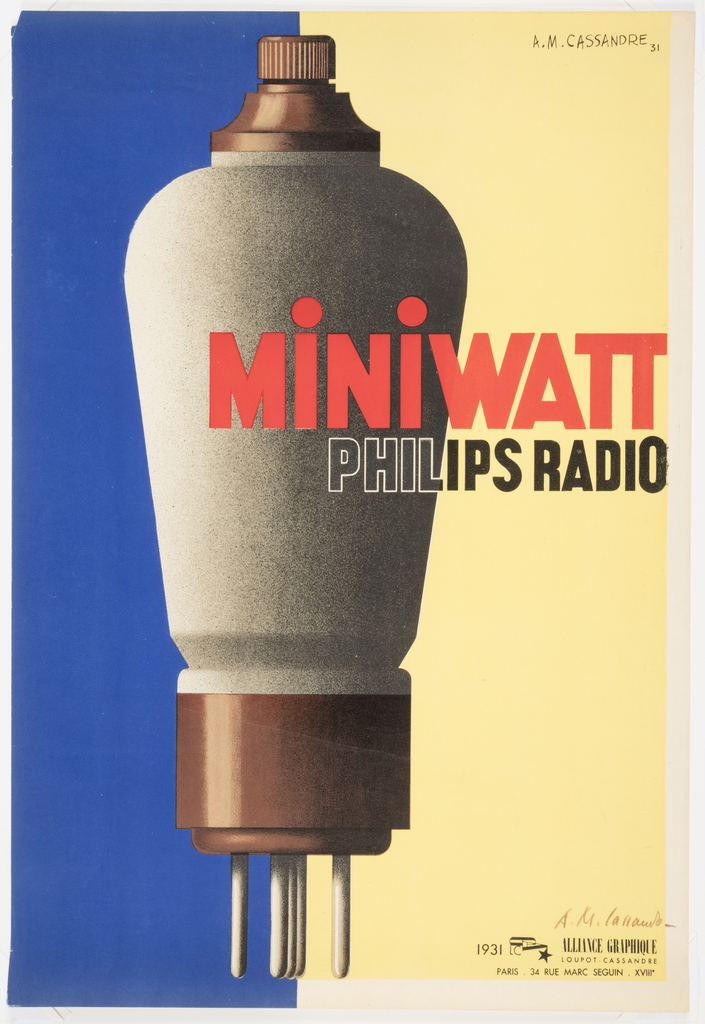
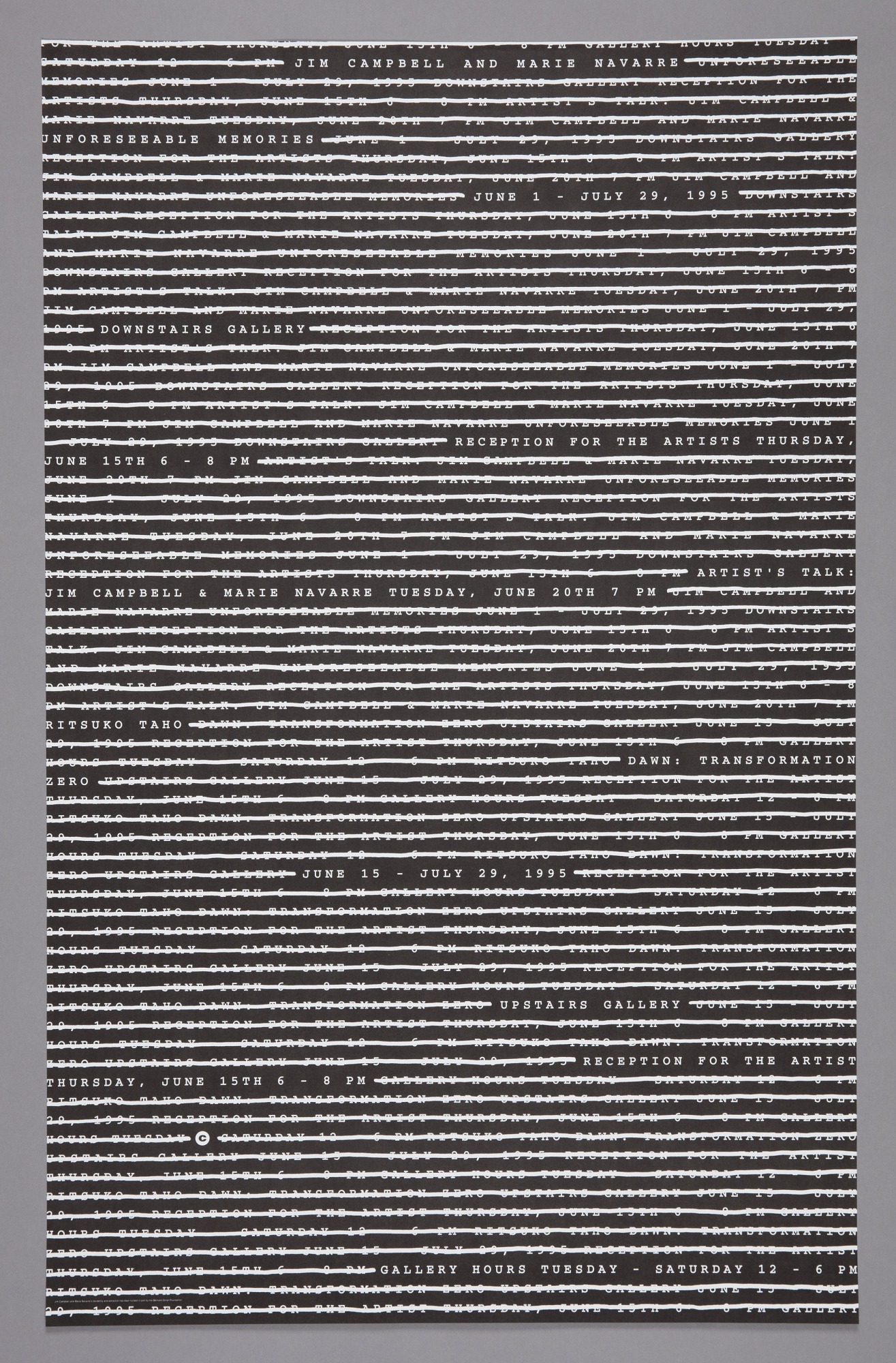
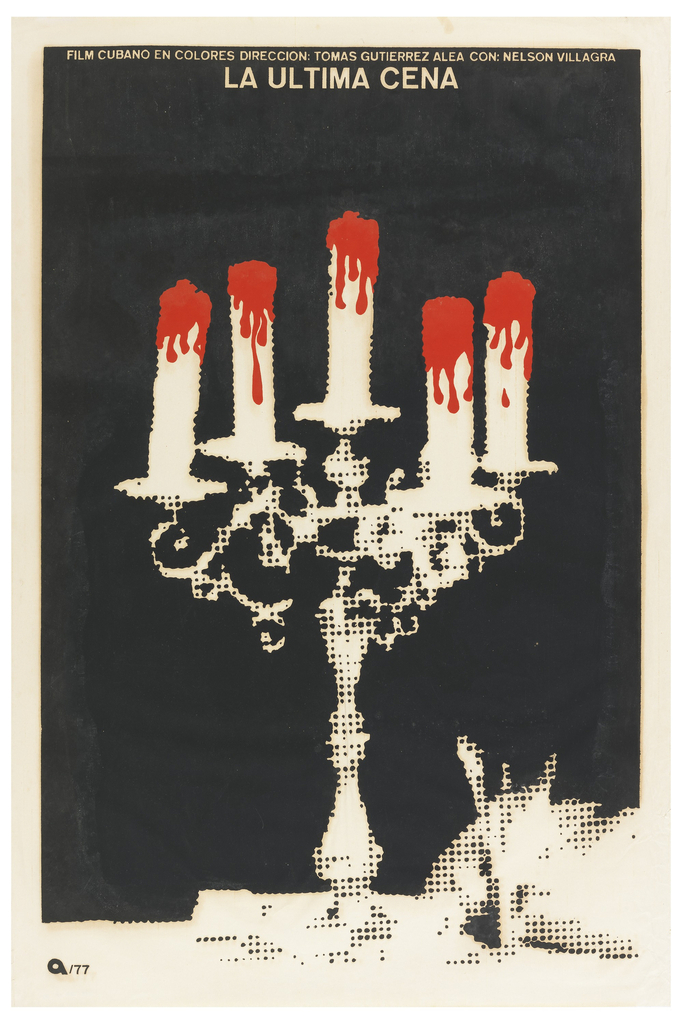
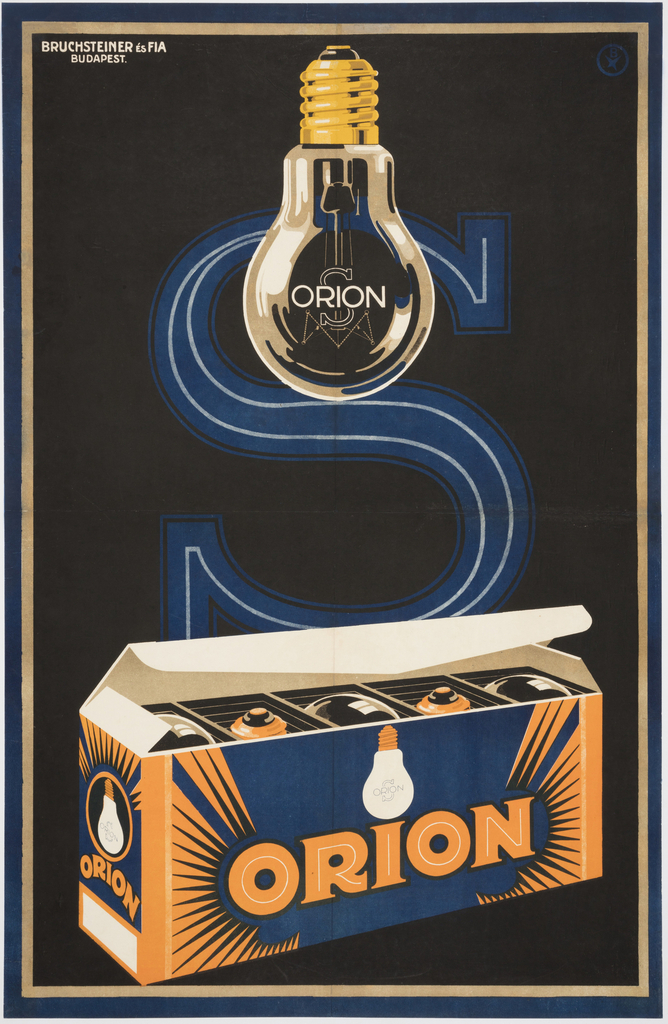
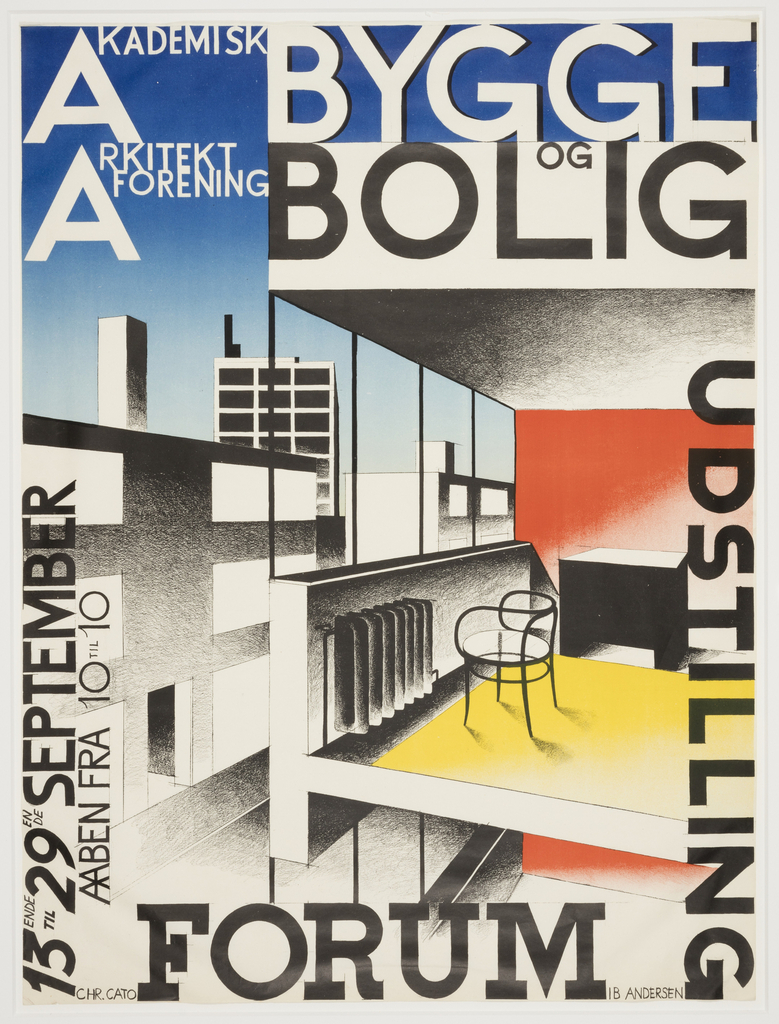
![Image features a color photo of two brides holding hands, and mouths open as though yelling. One woman with a thought bubble that reads: “Not what I had / in mind!” They are standing on a table covered with silver and china. Across the poster, in pink: “Is it worth being / Boring / for a Blender?” Lower margin: “GAY MARRIAGE / You might as well be straight.” Upper left: “Poster sponsored / in part by / HX FOR HER / NEW YORK CITY”. Upper right: “ANOTHER PUBLIC ART PROJECT BROUGHT TO YOU BY / DAM! [DYKE ACTION MACHINE] / dam@echonyc.com.](https://www.cooperhewitt.org/wp-content/uploads/2015/03/18666957.jpg)
